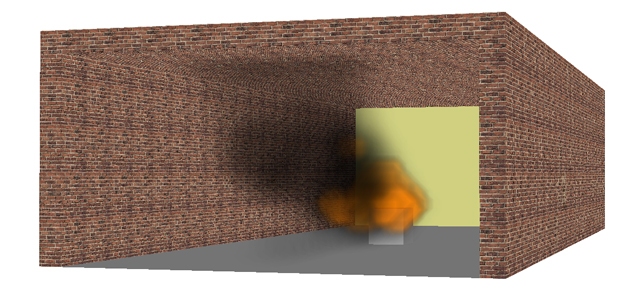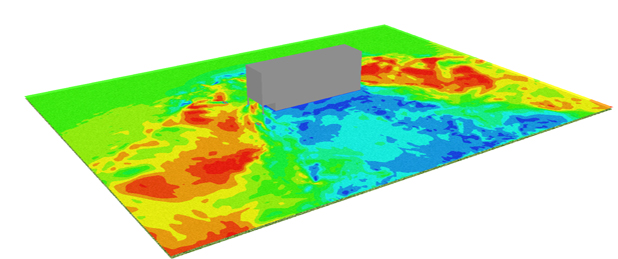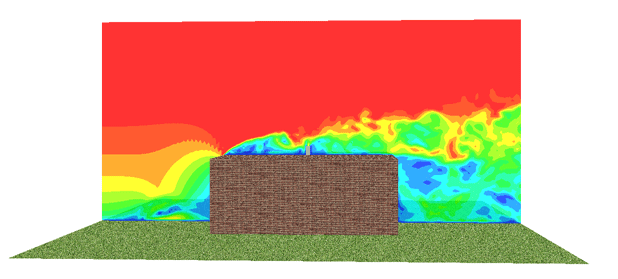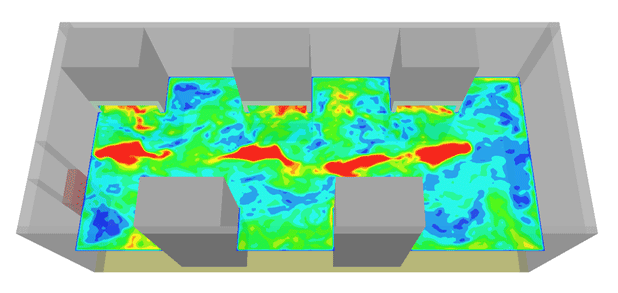Ventilation System Management
HOME <Environmental Solutions < <Fire and smoke CFD assessment < Ventilation System ManagementThe behaviour of smoke during a fire is a critical aspect of the design process to ensure that smoke does not impede or prevent occupant evacuation. The effectiveness of smoke management systems like natural or mechanical ventilation not only depends on building design features, but also on external wind forces and pressures. A thorough understanding of how wind and external pressures affects a buildings smoke management system helps design teams improve and optimize system performance and reduce risk. We can assess the following:
- Evacuation scenarios
- Smoke control through an auto ventilation activation
- Visibility
- Optimization of vent locations
For the images and animations below, a fire scenario was analysed occurring in a typical 2 storey open concept house. The main objective of these simulations is to determine where to place a blower which will be automatically activated once the smoke visibility has reached a threshold to exhaust the smoke outside the house and allow the evacuation of people with less life threatening conditions due to the smoke inhalation.
The top images and animation correspond to the case where the preventive ventilation system was not activated.
The bottom images and animation represent the case where the ventilation system was automatically activated.
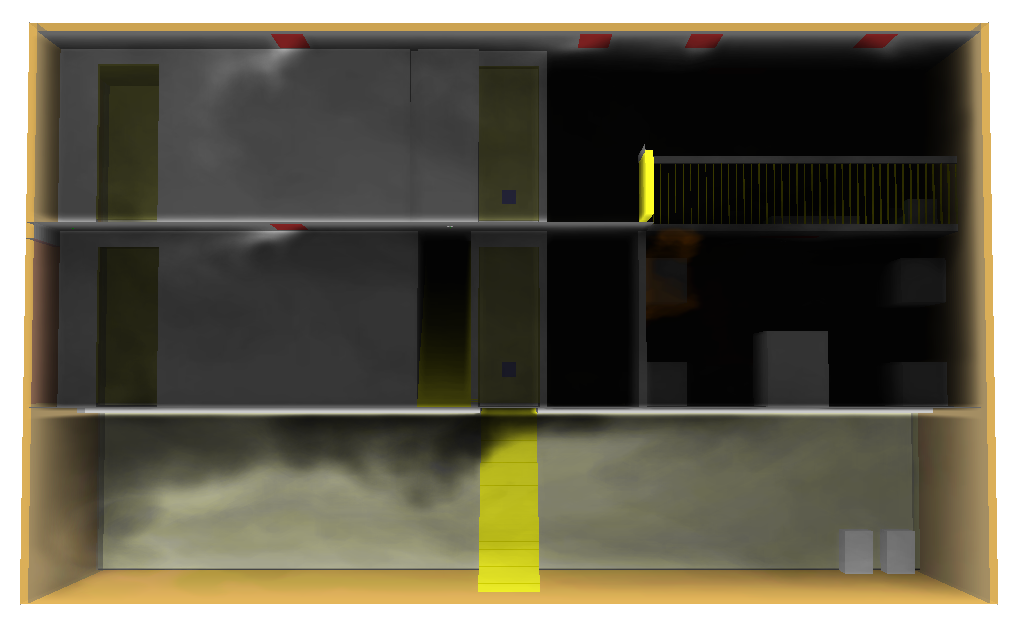 |
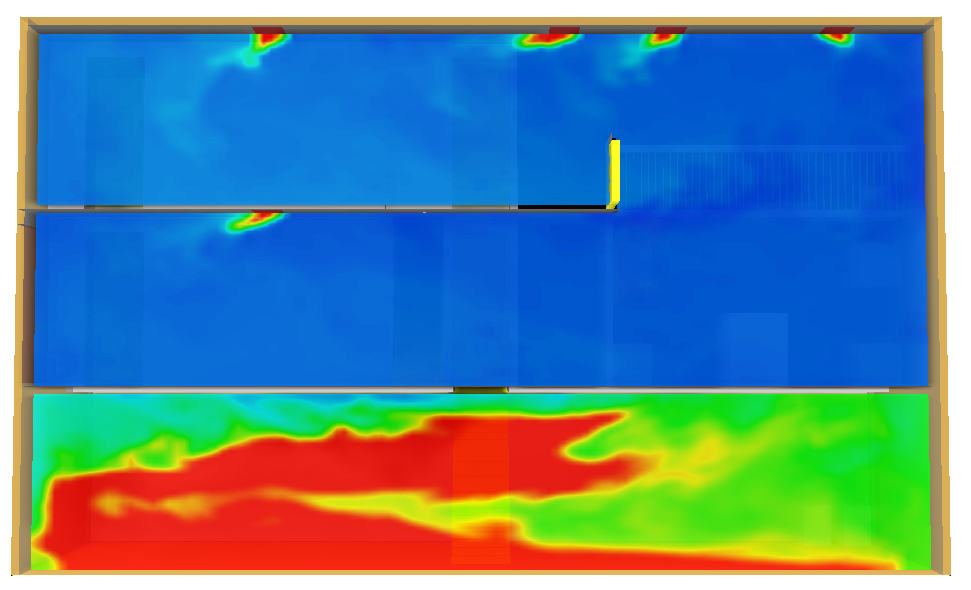 |
| Smoke density blocking the path towards the main exit | Soot Visibility (blue color corresponds to low visibility) |
| Related Animation: Fire in the kitchen – No activation of the Preventive Ventilation System |
|
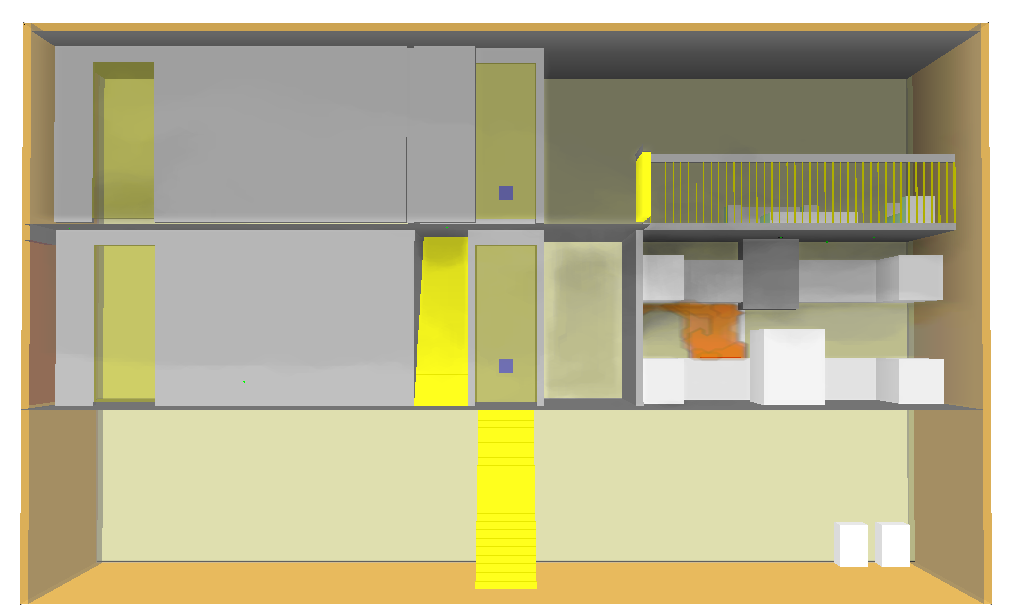 |
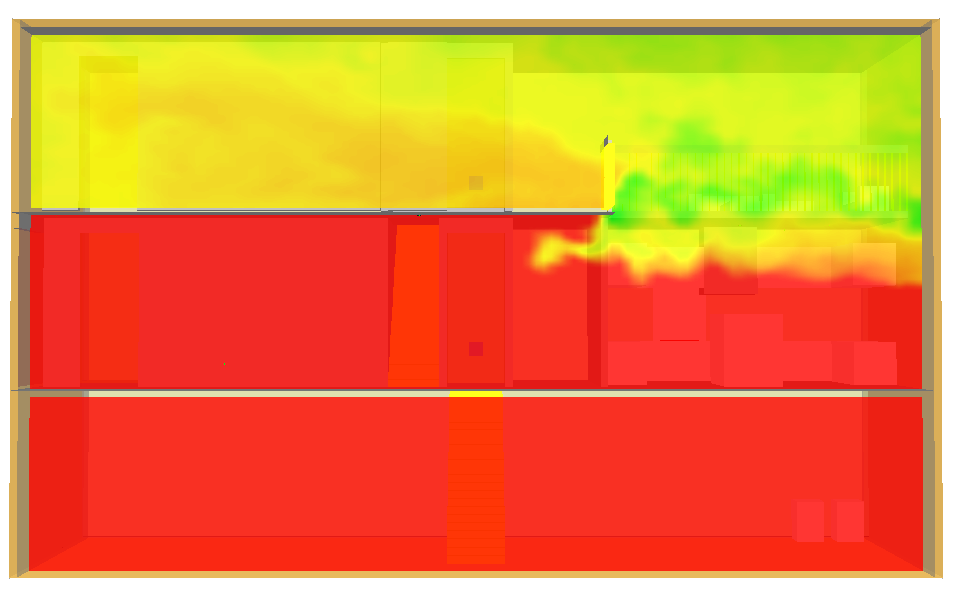 |
| Smoke density reduced due to the activation of the blower located behind the fire | Soot Visibility (red color corresponds to high visibility) |
| Related Animation: Fire in the kitchen – Activation of the Preventive Ventilation System |


